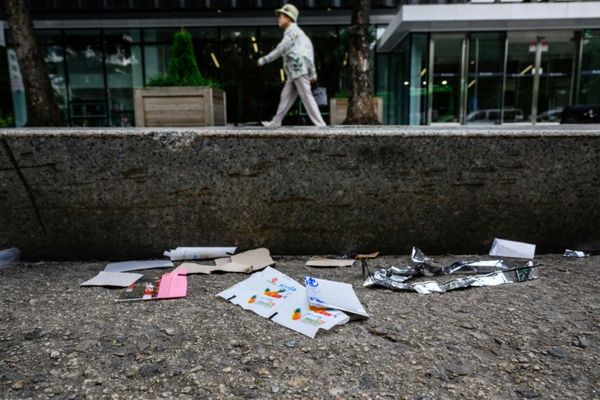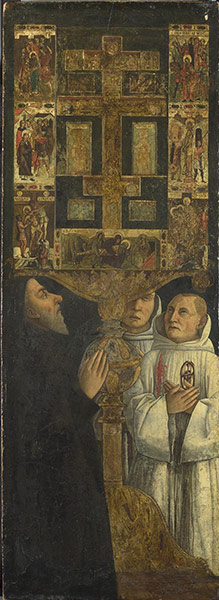
Bellini uses the solid, three-dimensional art of the Italian Renaissance to depict the flat, abstracted style of a Byzantine work of art in this commemoration of a great day in the history of Venice, when Cardinal Bessarion brought relics from the east in the wake of the fall of Byzantium. Venice had a long history of collecting relics from all over the Mediterranean world to enhance the magic and prestige of its churches
Photograph: National Gallery, London
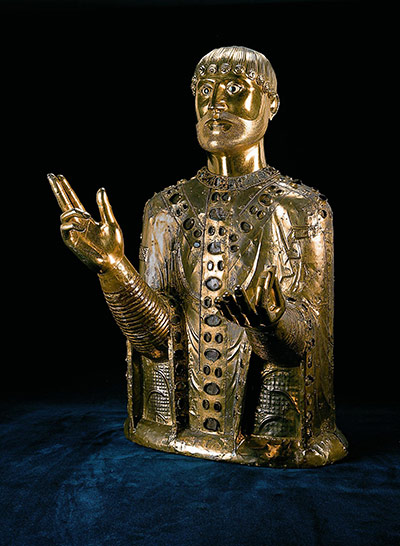
Relics were the spiritual currency of medieval Europe, objects that literally, physically connected you with Christian martyrs, saints, and even Christ. Possession of a relic vastly increased the holiness of a church or abbey and brought pilgrims from far away. The excess and splendour of this staggeringly rich bust of a saint, made to hold relics, typifies a moment when entire cathedrals were raised to celebrate fragments of holy flesh and bone Photograph: Francis Debaisieux, France
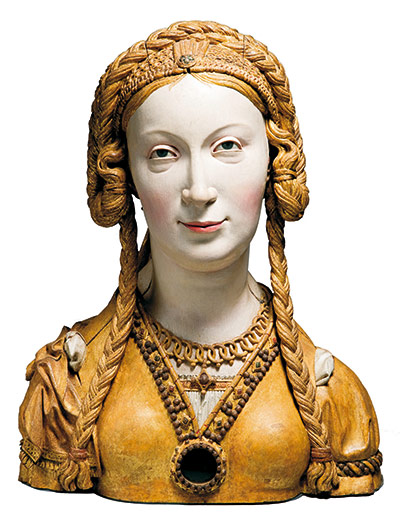
Not all reliquaries are spectacles of gold and jewels. This finely carved and delicately painted portrait bust may depict one of the companions of St Ursula, who were martyred en masse during a pilgrimage to Rome. In portraying St Ursula's companion as a living person, instead of a gilded saint, this sculpture invites a more personal and intimate relationship with the relics Photograph: The Metropolitan Museum of Art
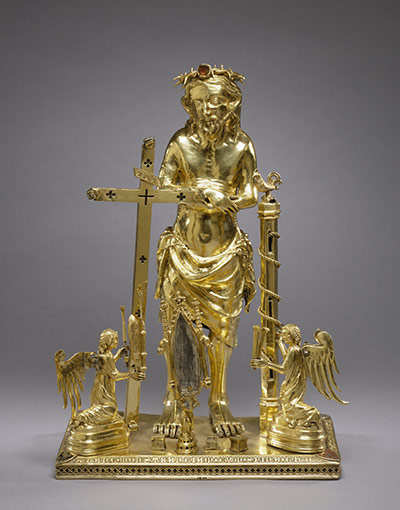
Medieval art began by seeing Christ as remote and monarchical, a god, but increasingly came to stress his human incarnation and the agony of his earthly sufferings. This work is both luxurious and compassionate, using precious metal to portray a broken man. It shows a new depth of feeling growing out of the grandeur of the cathedrals Photograph: The Walters Art Museum, Baltimore
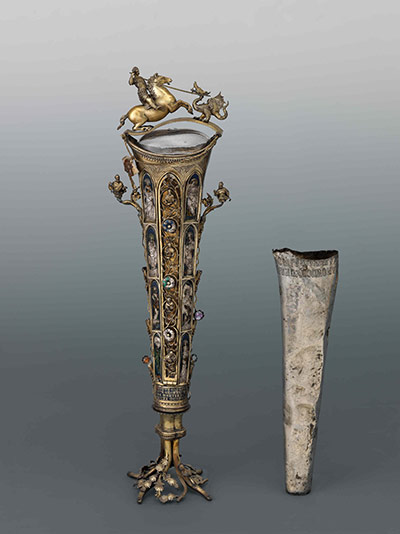
The Republic of Venice had a habit of stealing relics, and the most notorious such incident was during the Fourth Crusade when Byzantium was stripped of its holy objects and their precious housings. Venice bankrolled this invasion of the east and Doge Enrico Dandolo diverted it into besieging Byzantium. The arm of St George is said to be one of the treasures he sent back, to enrich the rising Venetian Empire Photograph: Courtesy of the Procuratoria della Basilica di san Marco
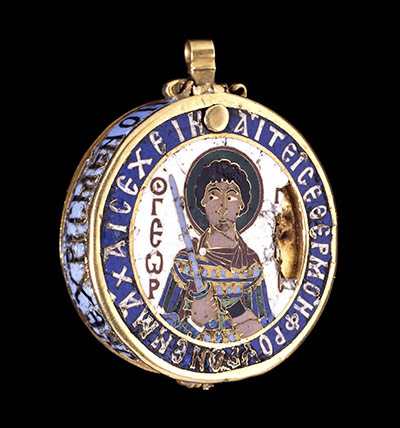
In Chaucer's Canterbury Tales the cult of relics is mocked. A cynical pardoner sells relics, not just for churches but to carry on your person. This pendant illuminates a world in which one way to achieve salvation was to carry a relic on you like a protective charm Photograph: The Trustees of the British Museum
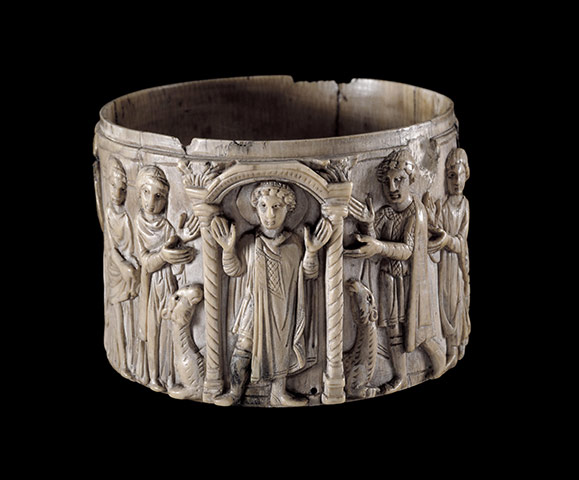
Carved ivory – which might come from walrus tusks or elephants – played its part in the richness of medieval churches along with gold and silver, rock crystal, coloured marbles and stained glass. The spirit was approached through a multitude of sensory beauties Photograph: The Trustees of the British Museum
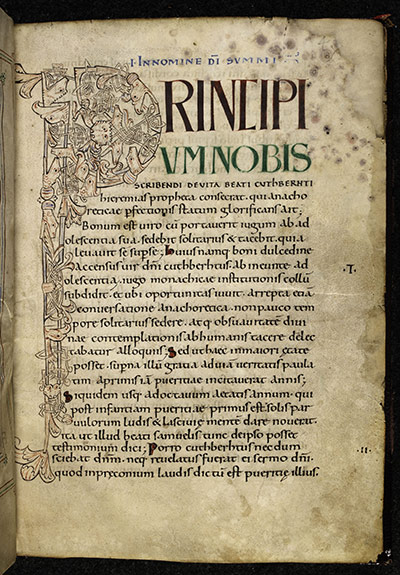
The posthumous adventures of Saint Cuthbert wonderfully illustrate the power of relics in the middle ages. Cuthbert was a revered leader of the monastic community of Lindisfarne, and after his death it was claimed his body remained uncorrupted. When the Vikings attacked, the monks fled Lindisfarne and took the body of St Cuthbert on a journey that ended in Durham – where one of the greatest of all European cathedrals was raised to honour his remains Photograph: 11859/The British Library Board
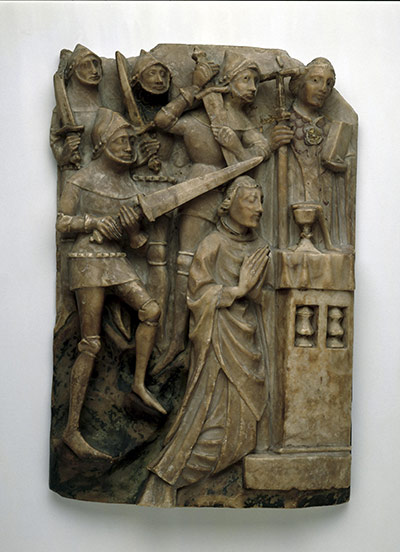
A glory of late medieval English art was alabaster carving. This craft flourished in the Midlands, where artists created powerful images of popular religious stories, visual equivalents of morality plays perhaps, that were exported all over Europe – examples can still be seen, for instance, in Ferrara, Italy. The Reformation swept aside this gothic art of English alabaster Photograph: The Trustees of the British Museum
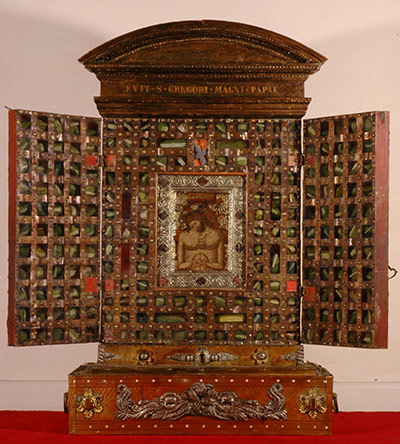
In the complex nature of this object you can see a long history of veneration. The image at the centre, made of thousands of tiny precious stones, was believed to be able to work miracles when it was taken from Byzantium to Rome in the 14th century. There it was given a new wooden housing, and over the centuries that medieval encasing grew into the baroque object we see today, hallowed by time and belief Photograph: Polo Museal della città di Roma

